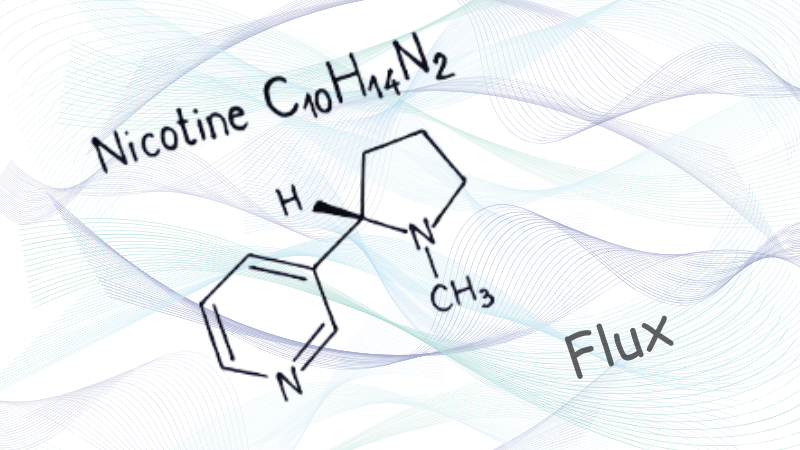Nicotine Flux

2023: Nicotine flux as a powerful tool for regulating nicotine delivery from e-cigarettes: Protocol of two complimentary randomized crossover clinical trials
- "Electronic cigarette (EC) use has increased rapidly in the last decade, especially among youth. Regulating nicotine delivery from ECs could help curb youth uptake and leverage EC use in harm reduction yet is complicated by varying device and liquid variables that affect nicotine delivery. Nicotine flux, the nicotine emission rate, is a parameter that incorporates these variables and focuses on the performance rather than the design of an EC. Nicotine flux therefore could be a powerful regulatory tool if it is shown empirically to predict nicotine delivery and subjective effects related to dependence."
- Citation: El-Hellani A, Hanna E, Sharma M, Blohowiak R, Joseph P, Eid T, Nadim H, El-Hage R, Salman R, Karaoghlanian N, Adeniji A, Salam S, Talih F, Elbejjani M, Breland A, Eissenberg T, Shihadeh A, Baldassarri SR, Talih S. Nicotine flux as a powerful tool for regulating nicotine delivery from e-cigarettes: Protocol of two complimentary randomized crossover clinical trials. PLoS One. 2023 Sep 21;18(9):e0291786. doi: 10.1371/journal.pone.0291786. PMID: 37733666; PMCID: PMC10513228.
2015: Electronic Cigarette Effectiveness and Abuse Liability: Predicting and Regulating Nicotine Flux
- "In this commentary, we propose a conceptual framework intended to provide a convenient approach for evaluating and regulating the nicotine emitted from ECIGs. This framework employs nicotine flux to account for the total dose and rate at which nicotine reaches the user, 2 key factors in drug abuse liability. The nicotine flux is the nicotine emitted per puff second (e.g., mg/s) by a given ECIG design under given use conditions, and it can be predicted accurately using physical principles. We speculate that if the flux is too low, users likely will abandon the device and maintain conventional tobacco product use. Also, we speculate that if the flux is too high, individuals may suffer toxic side effects and/or the device may have higher-than-necessary abuse liability. By considering ECIG design, operation conditions, liquid composition, and puff behavior variables in combination, we illustrate how ECIG specifications can be realistically mandated to result in a target flux range."
- Citation: Shihadeh A, Eissenberg T. Electronic cigarette effectiveness and abuse liability: predicting and regulating nicotine flux. Nicotine Tob Res. 2015 Feb;17(2):158-62. doi: 10.1093/ntr/ntu175. Epub 2014 Sep 1. PMID: 25180079; PMCID: PMC4837999.
- Comment: Risks of attempting to regulate nicotine flux in electronic cigarettes
- "Based on the evidence presented above, and with current technological evolution, it is our opinion that regulating nicotine flux in ECs, in terms of restricting usage patterns (e.g., restrict puff duration or apply a minimum interpuff interval), is unnecessary. It carries the potential risk of reducing ECs’ efficacy as smoking substitutes, while it provides no benefit in terms of safety."
- Citation: Farsalinos KE, Voudris V, Le Houezec J. Risks of attempting to regulate nicotine flux in electronic cigarettes. Nicotine Tob Res. 2015 Feb;17(2):163-4. doi: 10.1093/ntr/ntu207. Epub 2014 Oct 19. PMID: 25332460; PMCID: PMC4892707.
- Response: Nicotine Flux: A Potentially Important Tool For Regulating Electronic Cigarettes
- Citation: Eissenberg T, Shihadeh A. Nicotine flux: a potentially important tool for regulating electronic cigarettes. Nicotine Tob Res. 2015 Feb;17(2):165-7. doi: 10.1093/ntr/ntu208. Epub 2014 Oct 19. PMID: 25332456; PMCID: PMC4838002.